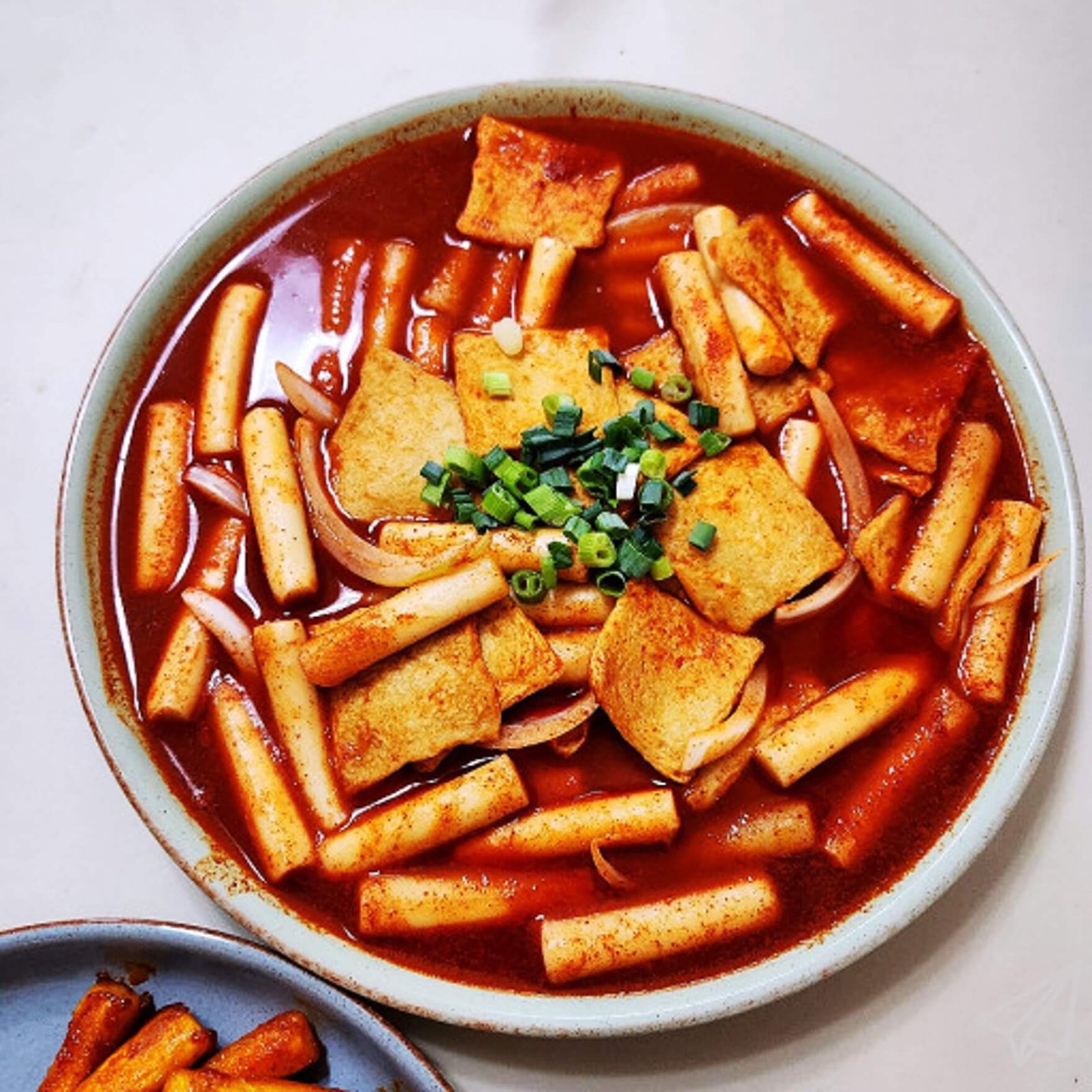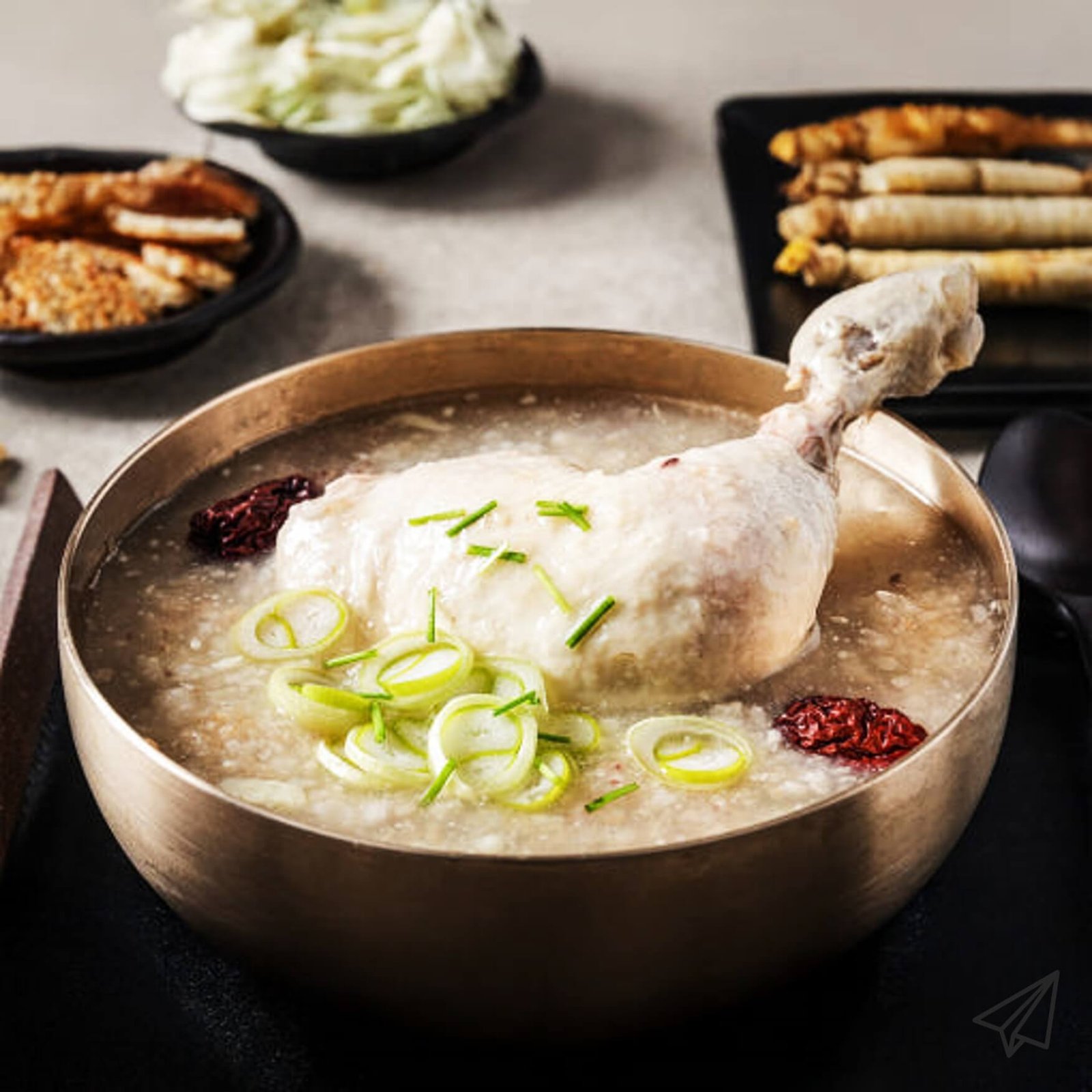I can’t eat ramen without this, introducing the charm of kimchi!
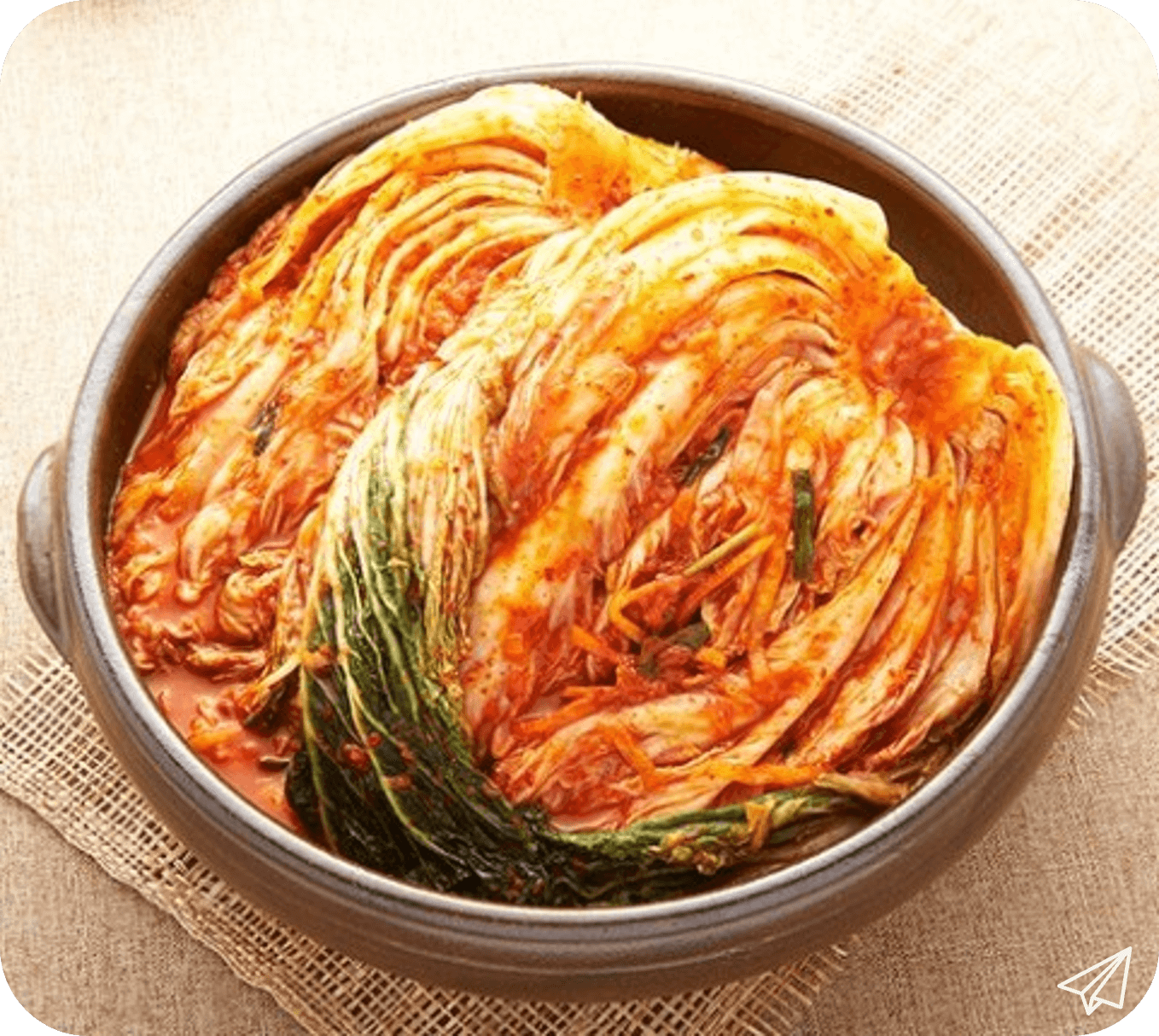
🏺 Kimchi, the Heart of Korean Cuisine: Exploring the Charm of Different Types
✅ Kimchi is more than just food; it’s Korea’s identity and soul food.
✅ With its diversity and deep flavors, it is loved worldwide.
✅ Today, let’s explore the different types of kimchi and their unique appeal!
📜 The History and Origins of Kimchi
📌 When Did Koreans Start Eating Kimchi?
Kimchi’s history dates back to the Three Kingdoms Period (57 BC – 668 AD). Historical records indicate that Koreans used methods to preserve vegetables by salting them. However, the early versions of kimchi were simple, consisting mainly of salted vegetables without the spicy flavors we associate with kimchi today.
📌 When Did Kimchi Become Spicy?
The introduction of chili peppers to Korea in the late 16th century (after the Imjin War, 1592-1598) led to the creation of the spicy kimchi we know today. Chili powder not only added flavor but also enhanced the fermentation process and extended shelf life.
📌 Kimchi: A Symbol of Korean Identity
Kimchi is not just a side dish; it’s a symbol of Korean culture and heritage. Although it is a common everyday dish, each region and household has its unique recipe, making it a true reflection of Korean diversity.
🖼️ [📌 Insert an image related to the history of kimchi here]
🔥 Types of Kimchi and Their Unique Characteristics
💡 Kimchi is categorized based on ingredients and preparation methods.
💡 Each type has a distinct flavor and texture, catering to different tastes.
🥬 Napa Cabbage Kimchi (The Most Iconic Type)
✔️ The most commonly consumed kimchi in Korea
✔️ Made with chili powder seasoning for a deep and spicy flavor
✔️ Pairs well with a variety of dishes, making it a perfect side dish
👉 Check out a Napa Cabbage Kimchi recipe here
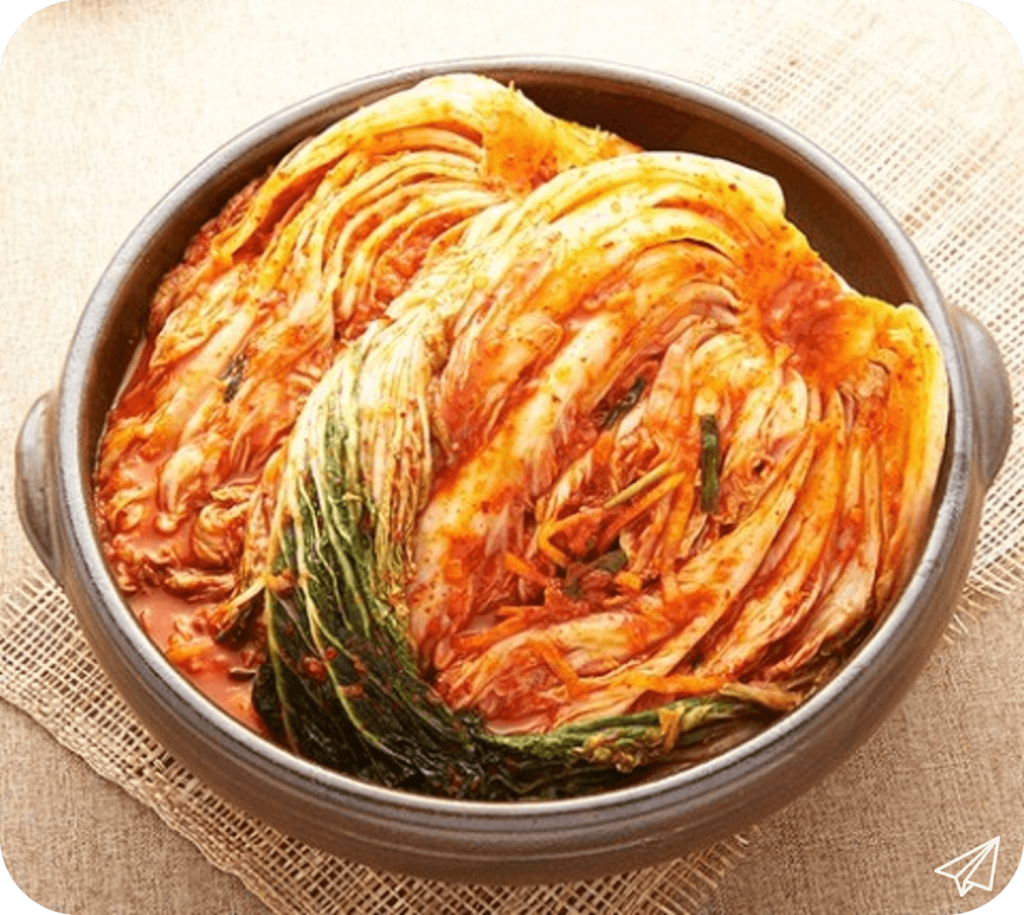
🔴 Kkakdugi (Cubed Radish Kimchi)
✔️ Made from diced radish, giving it a crunchy texture
✔️ Offers a fresh, tangy, and slightly spicy taste
✔️ Perfectly pairs with dishes like samgyeopsal (grilled pork belly), gomtang (beef soup), and seolleongtang (ox bone soup)
📍 Recommended restaurant: “Myeongdong Kyoja” in Seoul
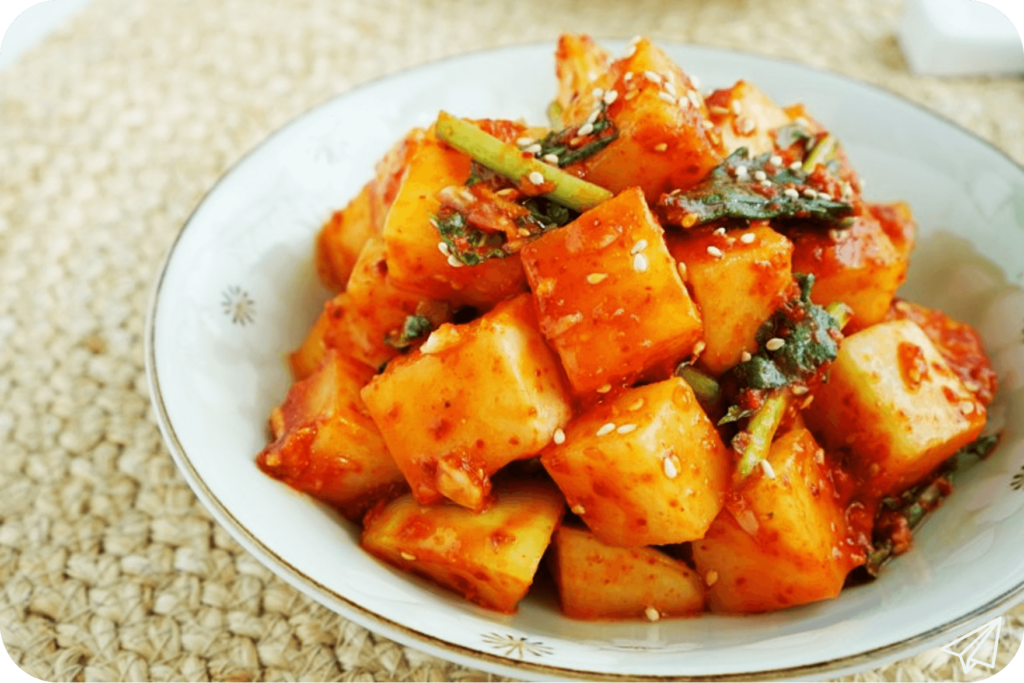
👶 Chonggak Kimchi (Young Radish Kimchi)
✔️ Made with small whole radishes, giving it a chewy texture
✔️ Slightly spicy and tangy, offering a refreshing taste
✔️ Pairs excellently with samgyetang (ginseng chicken soup)
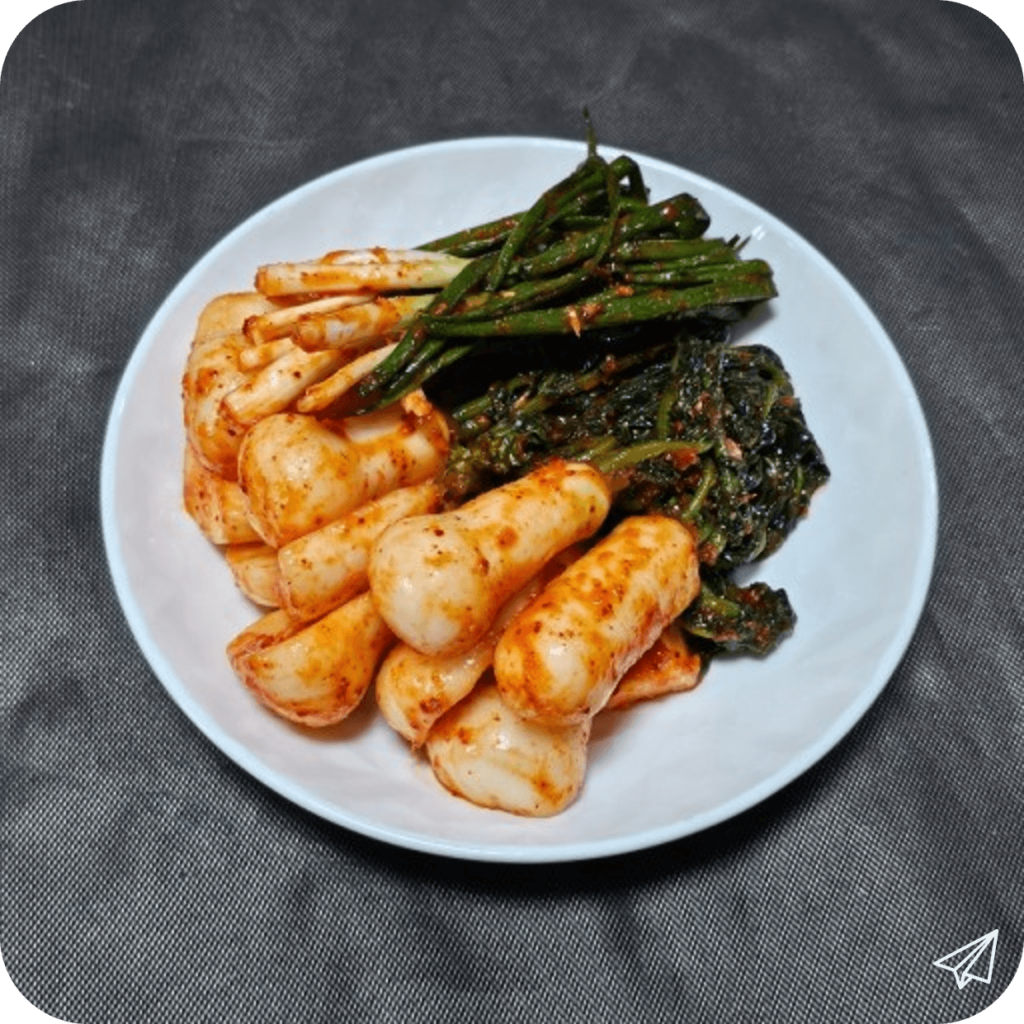
🤍 Baek Kimchi (White Kimchi, Non-Spicy)
✔️ Made without chili powder, making it mild and refreshing
✔️ The broth is light, slightly sweet, and full of umami flavors
✔️ Ideal for people who can’t handle spicy food, including kids and elders
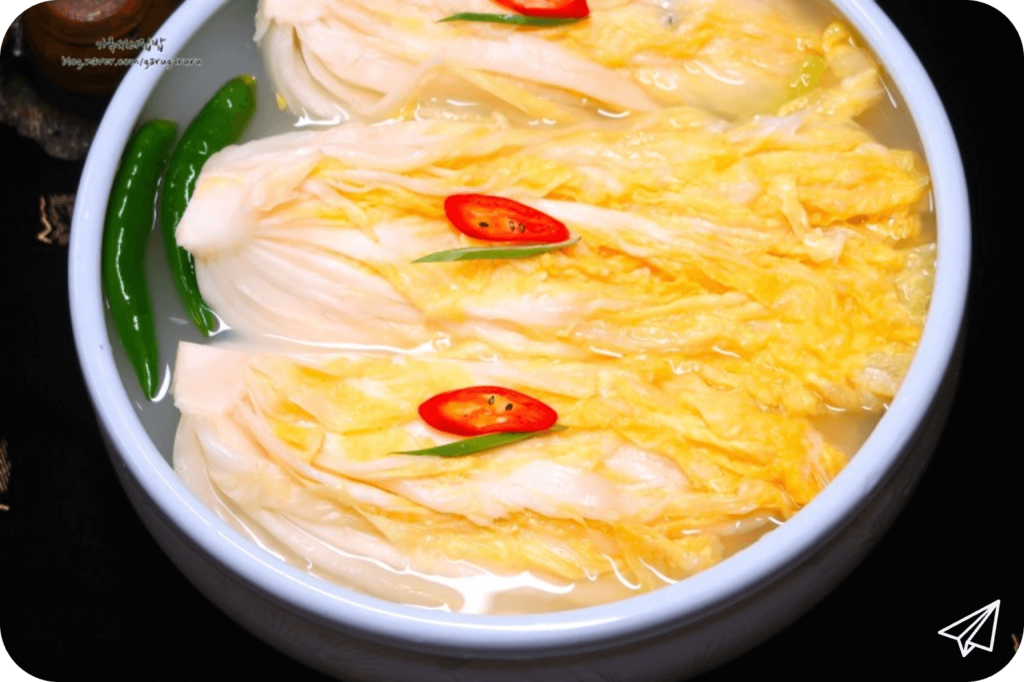
🍃 Gat Kimchi (Mustard Leaf Kimchi, Jeolla Province Specialty)
✔️ Made with mustard leaves, known for their slightly bitter and peppery taste
✔️ Has a sharp and tangy flavor unique to this type of kimchi
✔️ Pairs wonderfully with grilled fish and seafood dishes
📍 Recommended restaurant: “Dolsan Gat Kimchi Specialty” in Yeosu, South Korea (Address: 123 Gangnam-ro, Dolsan-eup, Yeosu-si, Jeollanam-do)
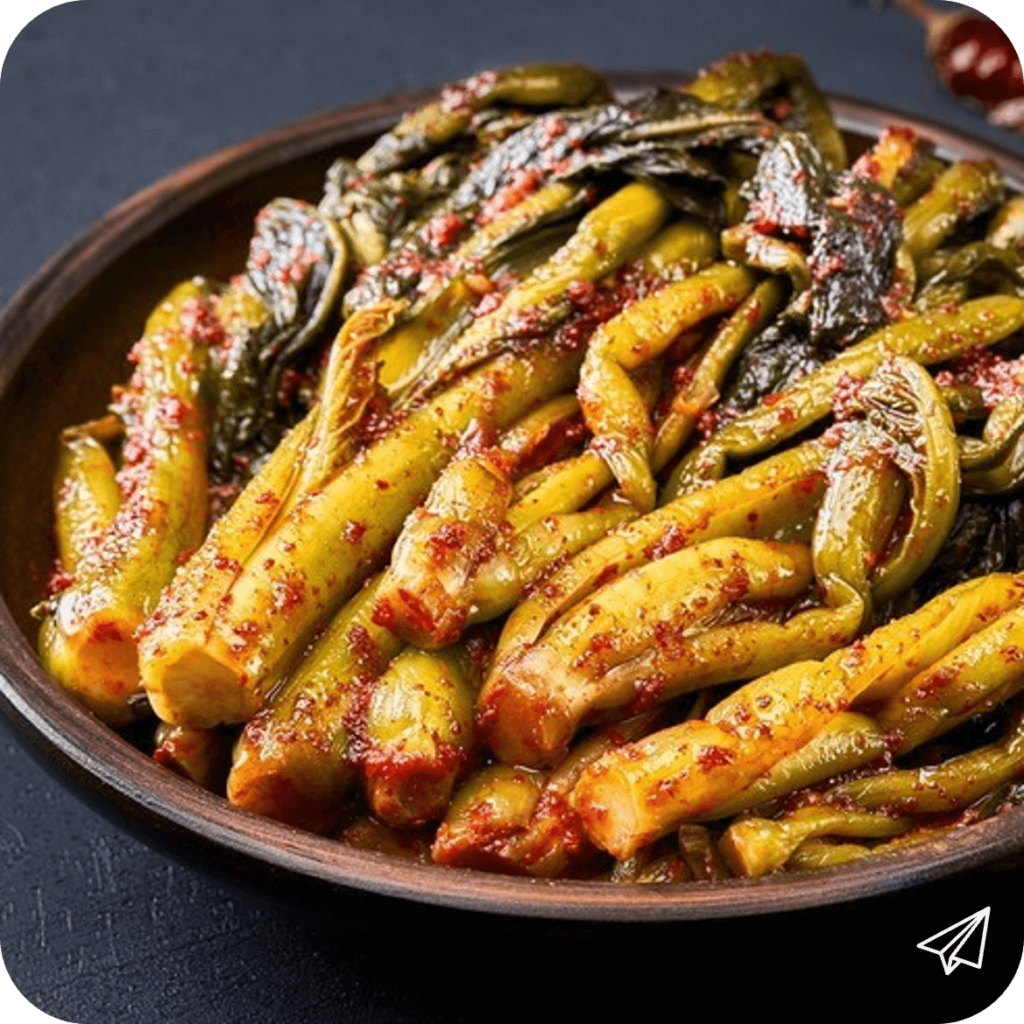
❄️ Dongchimi (Radish Water Kimchi)
✔️ A refreshing, water-based kimchi made with radish, pear, and jujube
✔️ Often enjoyed during winter for its crisp and cooling taste
✔️ Best paired with janchi guksu (Korean banquet noodles) or naengmyeon (cold noodles)
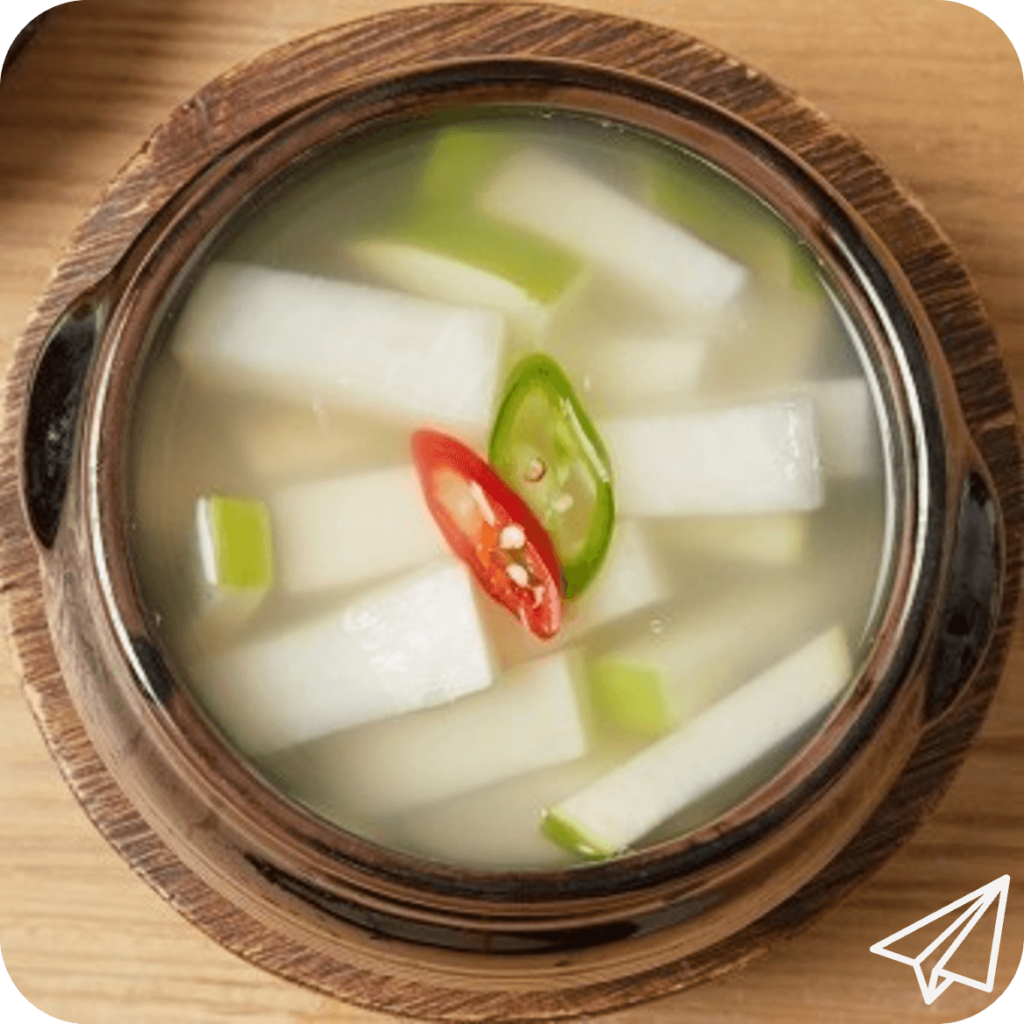
💪 Health Benefits and Nutritional Value of Kimchi
🌟 Kimchi is more than just fermented food—it’s a superfood!
✔️ Rich in probiotics that support gut health
✔️ High in antioxidants, boosting the immune system
✔️ Low in calories, making it great for weight loss
✔️ Packed with vitamins A, C, and K for glowing skin
👉 Learn more about the health benefits of kimchi here
🏆 Famous Kimchi Masters and Top Kimchi Restaurants
📍 “Gwangjang Market Soonhee’s Kimbap” in Seoul
✔️ Famous for its authentic homemade kimchi flavors
📍 “Halmae Kimchi” at Busan’s International Market
✔️ A 50-year-old establishment known for traditional kimchi-making
❓ Q&A: Common Questions About Kimchi
✅ Q1. How do I store kimchi properly?
➡️ Store it in a kimchi refrigerator at 0-2°C for the best fermentation.
✅ Q2. What can I do if my kimchi turns too sour?
➡️ Use it in kimchi stew, fried rice, or pancakes to balance the sourness.
✅ Q3. Can I make kimchi outside of Korea?
➡️ Yes! As long as you have the key ingredients, making kimchi at home is easy.
✅ Q4. Which kimchi contains the most probiotics?
➡️ Freshly fermented kimchi or naturally aged kimchi contains the most probiotics.
✅ Q5. Why is kimchi good for your health?
➡️ It’s packed with probiotics, vitamins, and antioxidants that support digestion and immunity.
🔗 Related Links
➡️ Traditional Kimchi Recipes
➡️ Korean Kimchi Museum Information
👉 Love kimchi? Share your thoughts in the comments below! 😃

